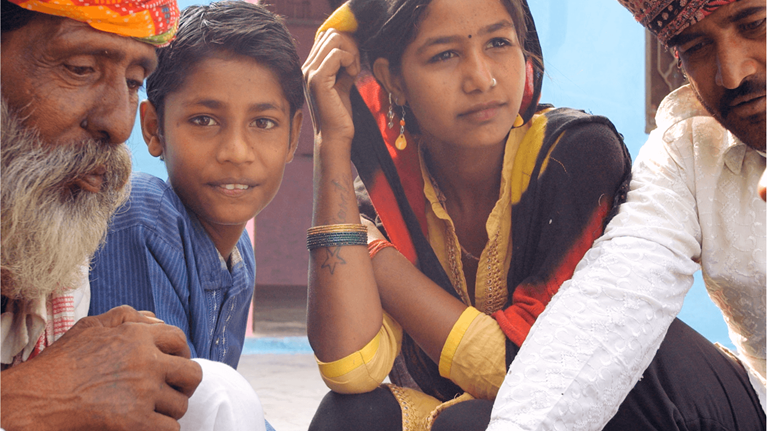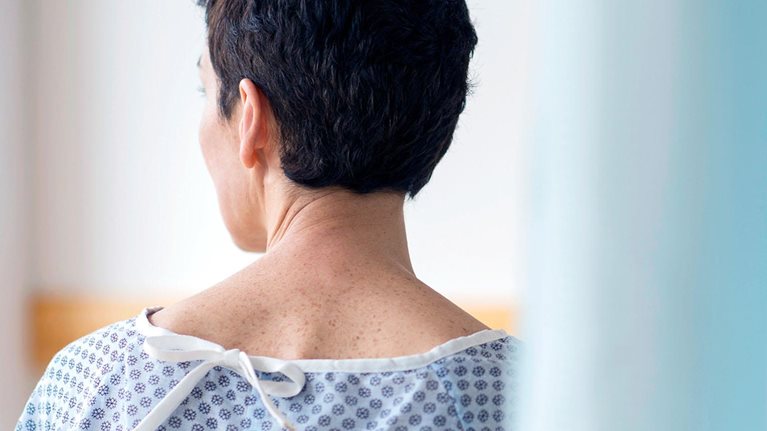Women’s health is not a siloed category, but rather one that affects individuals, families, and the economy. Women’s health encompasses the range of health experiences that affect women uniquely, differently, or disproportionately versus men. The women’s health gap is the disease burden associated with inequities between women and men in intervention efficacy, care delivery, and data.
A recent analysis from the McKinsey Health Institute, in collaboration with the World Economic Forum, has shown that closing the women’s health gap globally could result in better overall health, fewer early deaths, and a boost in the economy. Addressing the women’s health gap could enhance the quality of life for women throughout their lives and improve future generations’ health and wealth.
Tackling women’s health means understanding that women are not simply smaller versions of men and that their biology is uniquely different, beyond differences in reproductive organs. Sexual and reproductive health (SRH) and maternal, newborn, and child health (MNCH) account for only 5 percent of the women’s health burden. Comparatively, more than half of the women’s health burden reflects conditions that affect women disproportionately or differently, with most of the impact affecting women’s working years.
In the interactive below, users can assess the disease burden associated with the women’s health gap and its impact on the global economy at a country- and condition-specific level.
While the women’s health gap is vast, change can begin by tackling specific diseases and conditions at a country or regional level. By closing the chasm, women can become healthier, the economy benefits, and long-lasting ripple effects begin for women, their families, and their communities.


